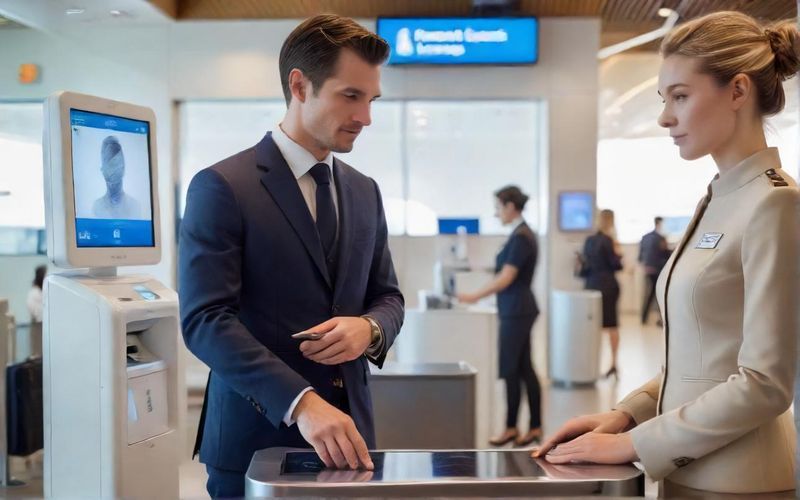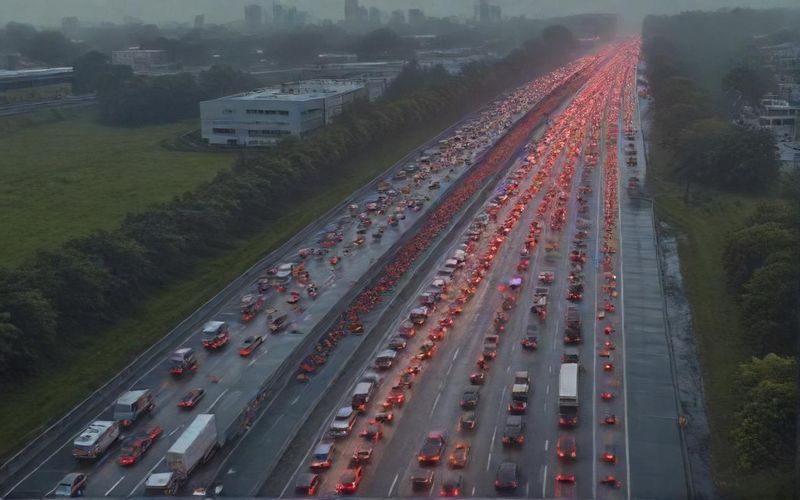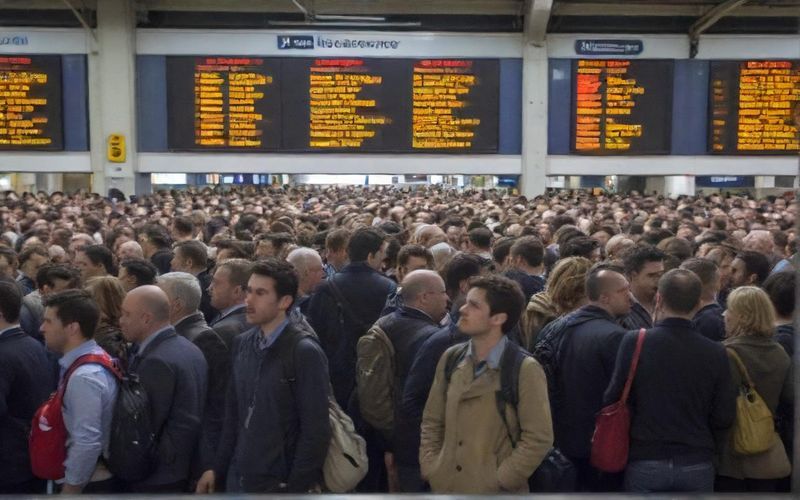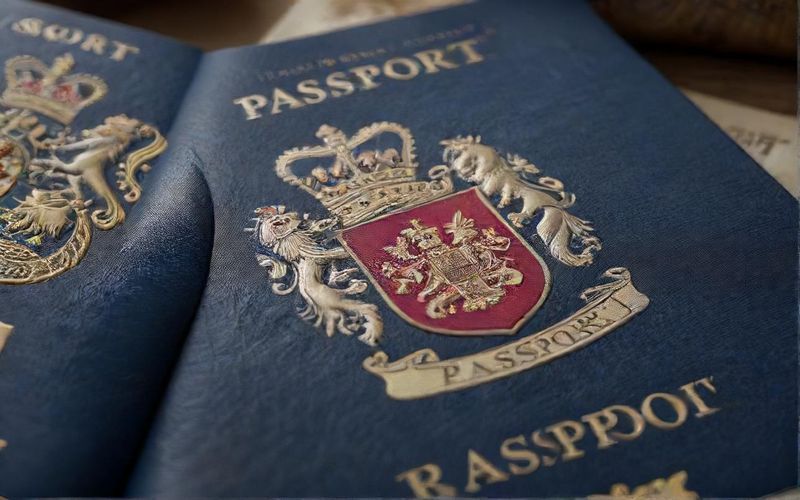EU Digital Border System Now Rolling Out

Starting now, and continuing to be phased in until April 2026, non-EU citizens, including many British travellers, will need to register their biometric information. Think of it as a more thorough check-in: your face will be photographed, and your fingerprints will be scanned on your first visit to a Schengen area country. This information, along with your entry and exit dates, will be logged digitally, replacing the traditional passport stamp. It’s designed to make border crossings smoother and, as the EU points out, enhance security by tracking who enters and leaves. It's a change that impacts 25 EU member states, plus Iceland, Liechtenstein, Norway, and Switzerland, covering many of our favourite holiday spots like Spain, France, and Italy.
While the goal is efficiency, there are, naturally, concerns about potential delays. Ports like Dover and Eurotunnel are adapting, with some checks happening even before departure from the UK to ease congestion on the other side. The UK government has even invested in infrastructure at these key ports to help facilitate this new process. It’s understandable to feel a twinge of curiosity, or perhaps even a bit of apprehension, about these new procedures. Will it really be as seamless as they hope?
Beyond the biometrics, it’s also worth remembering that being a “third-country national” in the eyes of the EU, a status British citizens now hold post-Brexit, means adhering to certain entry requirements. While most travellers might not be asked to prove their financial standing, individual countries within the Schengen area do have their own stipulations for "sufficient means of subsistence," ranging from daily amounts for living expenses to proof of accommodation and even travel insurance. It’s a complex web of rules that, thankfully, often smooths out once you’re within the Schengen zone itself.
This evolving landscape of new EU border controls, particularly the EES, feels like a subtle but definite step into a new era of international travel. It makes you wonder how these digital systems will truly shape our future journeys and if they will ultimately deliver on the promise of faster, more secure borders.








